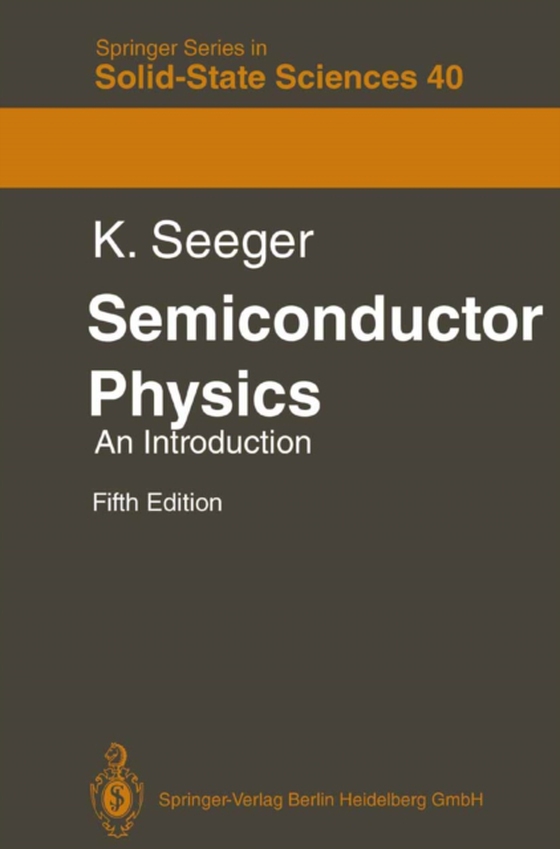
Semiconductor Physics e-bog
692,63 DKK
(inkl. moms 865,79 DKK)
Televisions, telephones, watches, calculators, robots, airplanes and space vehicles all depend on silicon chips. Life as we know it would hardly be possible without semiconductor devices. An understanding of how these devices work requires a detailed knowledge of the physics of semiconductors, including charge transport and the emission and absorption of electromagnetic waves. This book may ser...
E-bog
692,63 DKK
Forlag
Springer
Udgivet
17 april 2013
Genrer
Materials science
Sprog
English
Format
pdf
Beskyttelse
LCP
ISBN
9783662026632
Televisions, telephones, watches, calculators, robots, airplanes and space vehicles all depend on silicon chips. Life as we know it would hardly be possible without semiconductor devices. An understanding of how these devices work requires a detailed knowledge of the physics of semiconductors, including charge transport and the emission and absorption of electromagnetic waves. This book may serve both as a university textbook and as a reference for research and microelectronics engineering. Each section of the book begins with a description of an experiment. The theory is then developed as far as necessary to understand the experimental results. Everyone with high-school mathematics should be able to follow the calculations. The band structure calculations for the diamond and zinc blende types of lattice are supplemented with a personal computer program. Semiconductor physics developed most rapidly in the two decades following the invention of the transistor, and naturally most of the references date from this time. But recent developments such as the Gunn effect, the acoustoelectric effect, superlattices, quantum well structures, and the quantum Hall effect are also discussed. The exercises provided (answers to which are available) will greatly assist the student in consolidating the material presented. From the reviews:"e;This book is a must for any theoretical and experimental physicist working in the area of semiconductor physics."e; #Physicalia#1
 Dansk
Dansk

